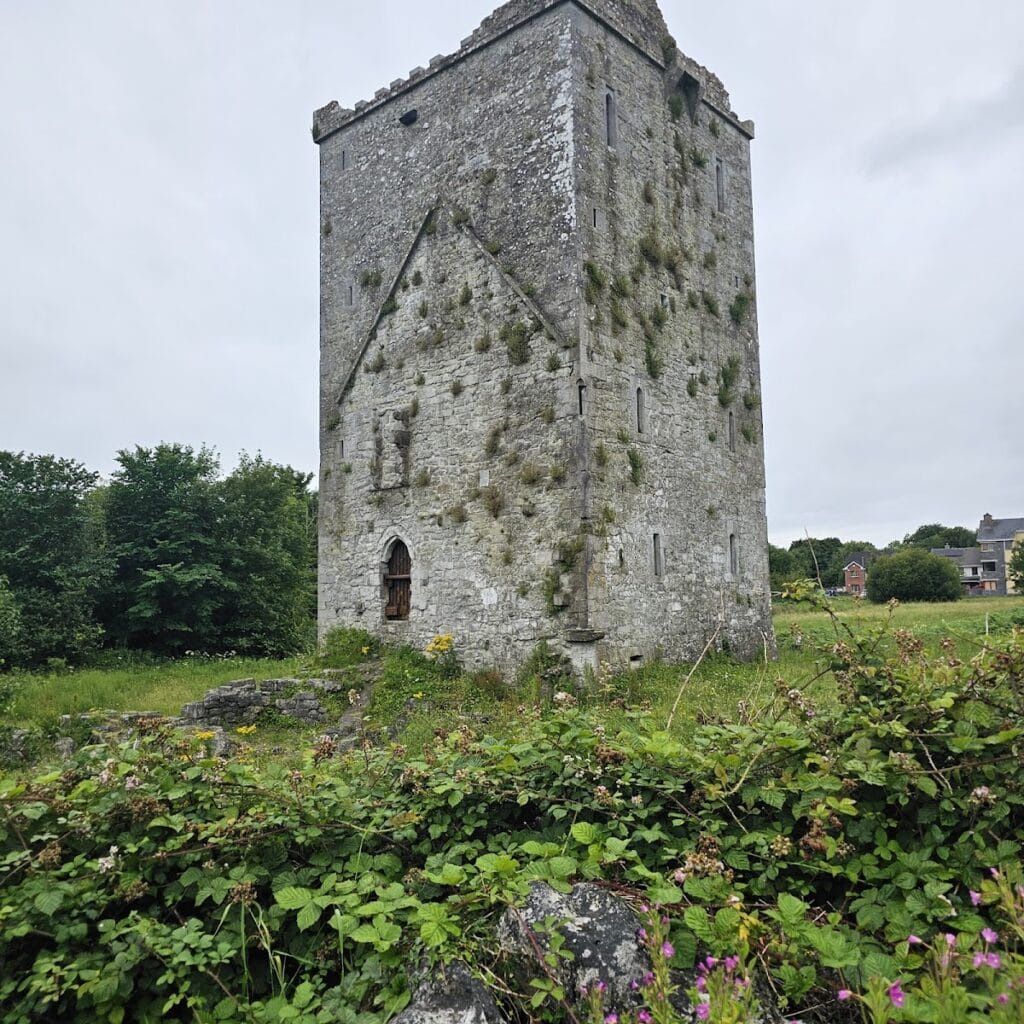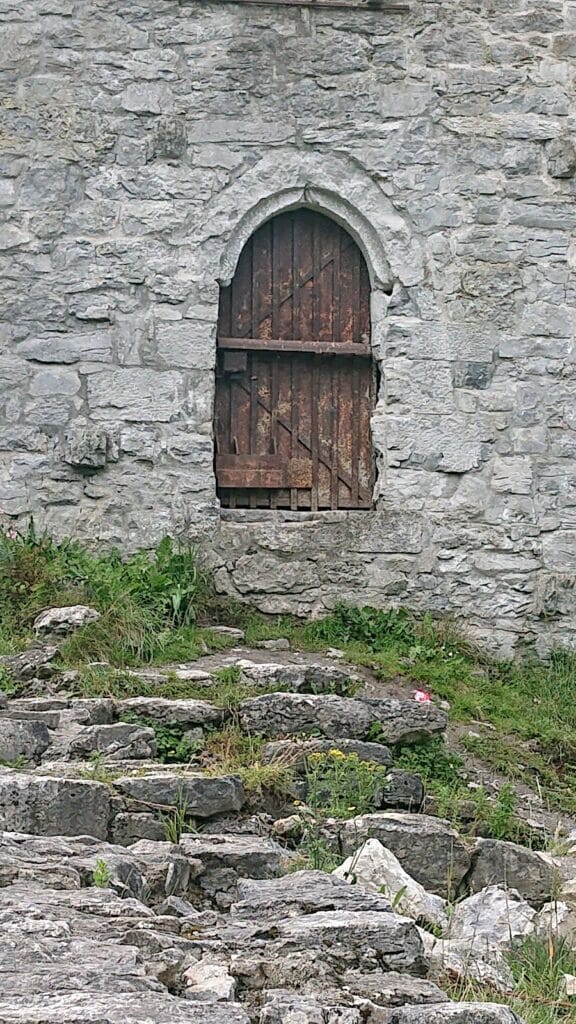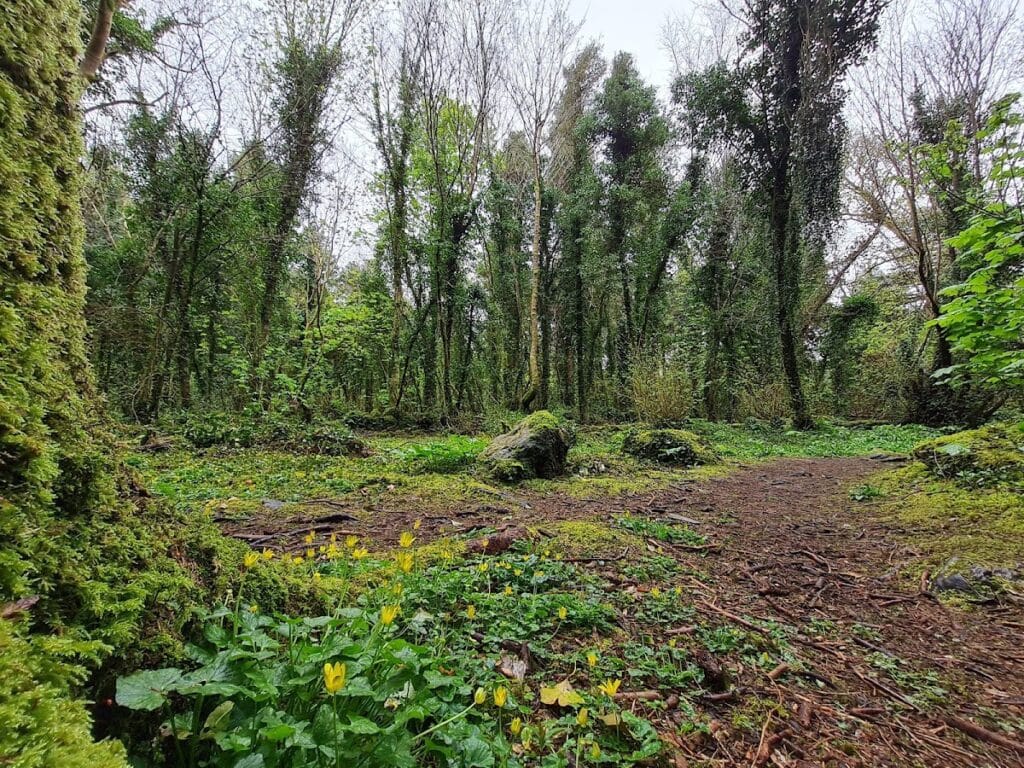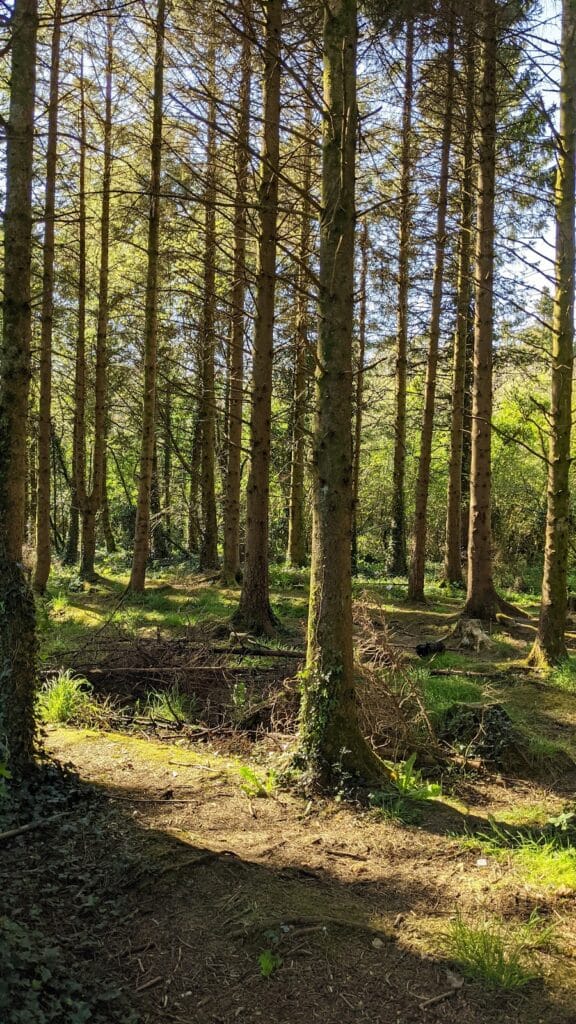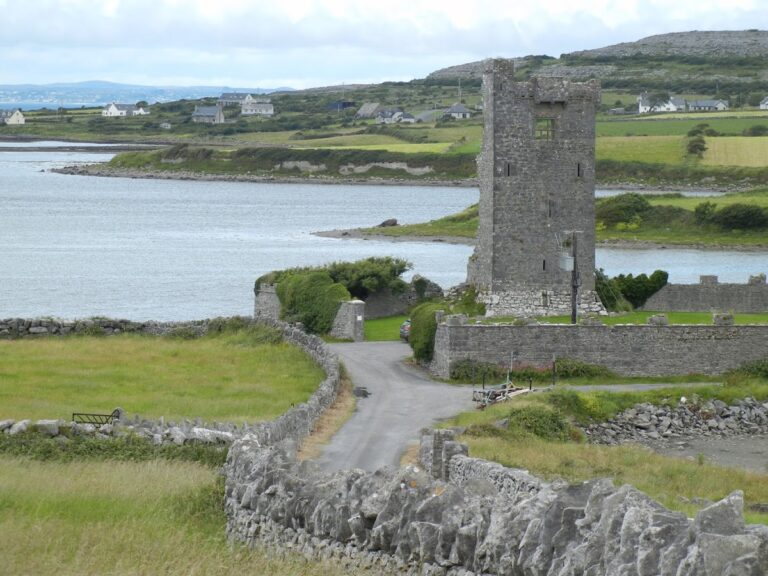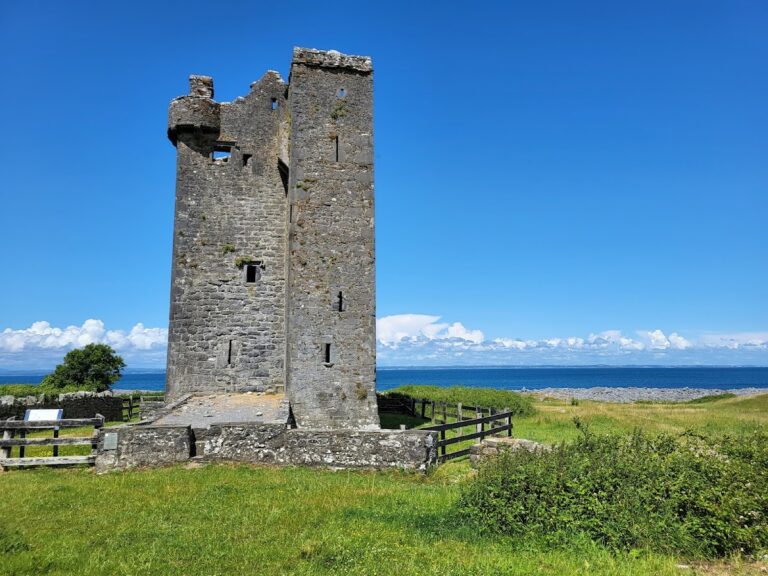Merlinpark Castle: A Historic Irish Tower House Near Galway
Visitor Information
Google Rating: 4.2
Popularity: Low
Google Maps: View on Google Maps
Official Website: www.facebook.com
Country: Ireland
Civilization: Unclassified
Remains: Military
History
Merlinpark Castle is located near the city of Galway, Ireland, and was originally constructed by Gaelic Irish builders. The site has a recorded history that reaches back to the 12th century when it may have been the location of a fortification established by Tairrdelbach Ua Conchobair, who was King of Connacht and also served as High King of Ireland during that time. This earlier fortification likely laid the groundwork for the later defensive structures seen in subsequent centuries.
The existing structure of Merlinpark Castle dates to the 15th or 16th century. This period was marked by the building of tower houses throughout Ireland, which served as fortified residences for prominent families. In the 16th century, ownership of Merlinpark Castle passed into the hands of the Lynch family, known in Irish as Ó Loingsigh. The Lynches were a notable family who maintained the castle and its lands during their tenure.
The castle remained occupied as a residence until the mid-19th century, after which it ceased to be a home. Despite changes in ownership and use over time, the site gained recognition for its historical value and is now officially acknowledged as a national monument. Throughout its history, the place was originally known as Doughiske Castle, a name used until the 18th century, after which it became commonly known as Merlinpark Castle.
Remains
Merlinpark Castle stands as a well-preserved example of a traditional Irish tower house, a type of fortified dwelling common in the late medieval period. The castle is situated approximately four kilometers east-northeast of Galway city center, resting within the townland of Merlinpark. Its vertical design features multiple floors stacked within a rectangular stone tower, reflecting construction styles intended for defense and residential use.
One notable aspect of the castle’s fabric is the presence of a carved figure known as a sheela na gig located on the second floor. Sheela na gigs are stone carvings of a female figure, often exaggerated and depicted in a crouching position, traditionally believed to serve as protective talismans against evil. The remnants of this carving remain in situ and represent an important cultural feature of the castle.
The tower house itself retains much of its original structural integrity and stands in good condition today. While detailed descriptions of its internal layout or decorative elements are limited, the surviving stone construction confirms its status as a significant example of Irish medieval domestic architecture. Its continued presence as a landmark reflects both its historical role and architectural durability over the centuries.
